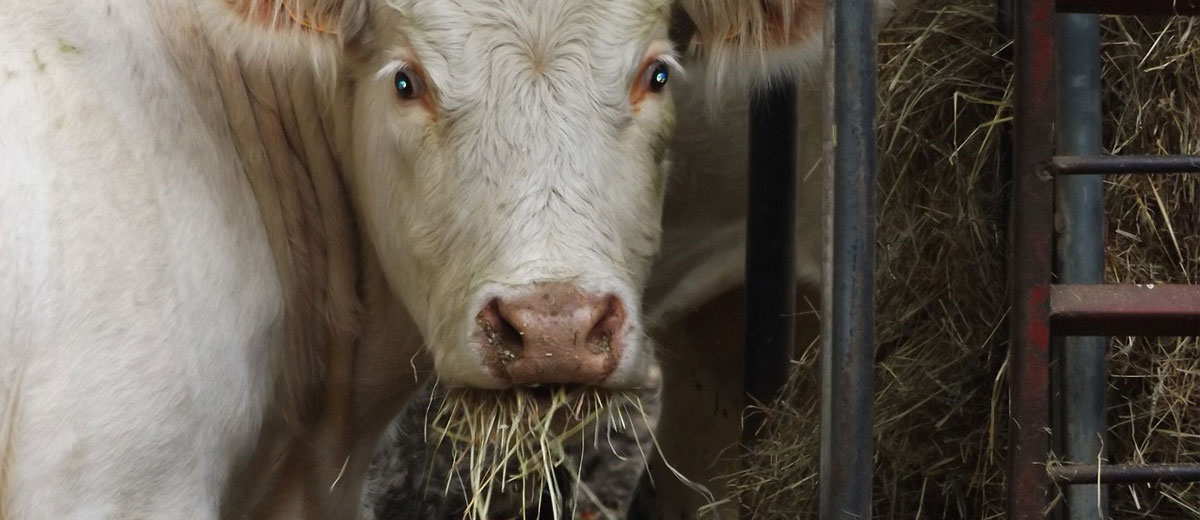
Managing Winter Mineral Programs For Herd Health
By Jenifer Heyden M.Sc., PAg, Livestock and Feed Extension Specialist, North Battleford
Mineral requirements are based on the type, weight, age and performance rate of the animal. An animal’s diet or ration will determine the type of mineral mix needed to meet their requirements. It’s important to look at the mineral profiles of feeds, not just protein and energy. Feed test results can be used to provide appropriate levels of macro and trace minerals without over-supplementing, which increases costs, can create nutritional antagonisms and increases the potential for mineral loss through manure and urine. Under supplementing minerals can also have adverse effects on growth, reproduction and herd health.
Several interactions that occur between minerals, vitamins and water or feed sources can limit availability or impact absorption. As it relates to winter feeding systems, we know that cereal greenfeed, silage and straw are often high in potassium and low in calcium. Poor quality hay or straw can be low in magnesium, while a few polycrop mixtures, including alfalfa in certain years, can have high potassium. When these types of feeds are fed as a large percentage of the ration without proper mineral supplementation, they can cause the ratio of potassium to the sum of calcium and magnesium to be off balance for cattle. Specifically, low levels of magnesium in the blood that result in a metabolic condition known as winter tetany.
Cattle are especially prone to winter tetany in late pregnancy and after calving, when their nutrient requirements are at an all time high. Older cows are more susceptible than heifers and young cows. Symptoms of winter tetany include signs of nervousness, depressed appetite, a stiff gait and staggering. In more serious cases, downer cows or cows with convulsions or paralysis are seen. The good news is this condition can be prevented. Simply have your feed tested, and based on the results, supplement appropriately with magnesium oxide or limestone (calcium). The ratio of potassium to the sum of calcium plus magnesium should be less than 2.2 in the ration. Sometimes an extra two to three ounces of magnesium or calcium are required. While these minerals aren’t particularly palatable, they can be mixed with loose mineral or grain to allow for adequate consumption.
While winter tetany can be treated after the fact, downed cows can be given intravenous or subcutaneous solutions of magnesium or calcium salts; supplementing minerals over the winter feeding period is cheaper and more animal-welfare conscious than treating downer or lame cows. Be aware and be ready. Mineral programs are not one size fits all, as mineral needs vary based on many factors, as noted above. A feed test can help you evaluate the levels of available minerals, including calcium, magnesium and potassium, in your feeds. This information can be used with water test results and the specific requirements of your animals to come up with a plan for proper mineral supplementation to prevent winter tetany.
Want to learn more about mineral supplementation and extensive feeding programs? Watch the webinar recording from Ranch Management Forum 2021 featuring Kelly Cruise and Breanna Anderson discussing various mineral types and how they can work in different feeding systems. You can also contact your nearest Regional Office to speak with your local livestock and feed extension specialist or call the Agriculture Knowledge Centre at 1-866-457-2377.
For the latest information and for more updates on everything Kindersley ‘Like’ the Kindersley Social Facebook page below…








































